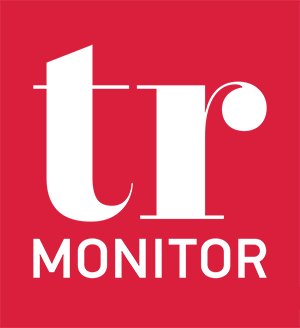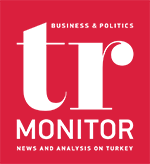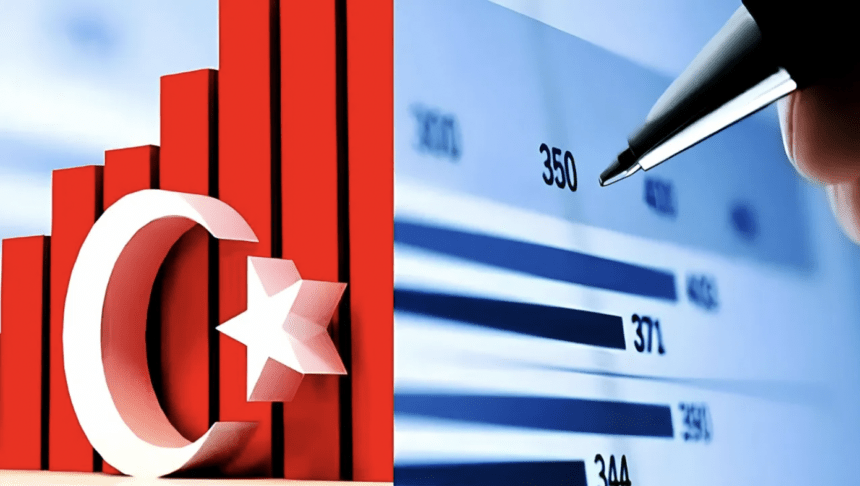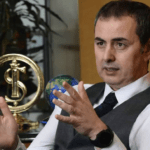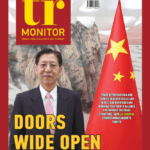Commenting on the repercussions of the interest rate decision, economist Ali Agaoglu and journalist Hakan Guldag pointed to the transition to “real positive interest” according to expected inflation and the importance of opening the foreign swap channel for foreign investor inflows.
Guldag: The Central Bank raised the interest rate to 40 with a hawkish step. But what I understood from the statement of the Monetary Policy Committee (MPC) is that the pace of the hikes will no longer be 500 points. ‘We are coming to the end of tightening’. It will slow down the rate of increase. It may increase another 250 basis points and stop at 42.5 percent…
Agaoglu: I am positively affected for the second time. In the previous meeting, the MPC did a very solid job. They came with a 500 basis point hike after the President’s Hamas statement. This meant that politics will continue on its own path and monetary policy will continue on its own path. There are two meetings before the end of the year, they didn’t say let’s split the increase in two…
Guldag: We see a roadmap this time. Instead of ‘when and to the extent necessary’, we have a statement that everyone can do the math.
Agaoglu: I was already thinking that we would close the year with 40 percent, so I don’t expect an increase from the MPC in December. But next year we will see 45 percent. This says something according to the 36 inflation target.
Guldag: It is understood that inflation will be analyzed on a monthly basis and action will be taken according to developments. This is the way it should be. I think we will see a 250 basis point hike in December. Then, if the minimum wage is high, maybe another 250 basis points in January. Anyway, let’s agree on the idea that the final level in interest rates will be 45 percent.
Agaoglu: We are now entering the era of positive real interest rates. We are at a positive real interest rate according to expected future inflation. Whether it will materialize or not is another matter.
Guldag: This rate hike will also be important for the resolution of currency-protected deposit accounts. Also for the disinflation message. Of course, the fight against inflation depends a lot on the course of the exchange rate…Exporters say the dollar should be TRY 40. There are also those who say TRY 50.
Agaoglu: The calculation does not show TRY 40 for the moment. It is in the TRY 36-38 range. When we include the expected inflation in the calculation, only at the end of 2024, it may be above the 40s. I say maybe because Turkey is no longer the Turkey of 2001. Not in many respects, but when we look at the economic structure, while in 2001 Turkey was self-sufficient and lived within the balance sheet, in the Turkey of 2023, off-balance sheet items have come to the fore. In order to be able to export, we have become more dependent on imports. While we needed to import 40 dollars in order to export 100 dollars, today we need to import 72 dollars. Therefore, the method of treating the economy with the exchange rate, such as “we can devalue the exchange rate and increase exports, we can ensure growth by impoverishing the people” is no longer valid.
Guldag: If the normalization of monetary policy means the rationalization of the economy, then the stock market reaction will be temporary. Foreign investors may also come. At least to bonds…
Agaoglu: Let’s agree on this; yes, these inflows need to happen now, but where will that money come from? The inflows are currently not possible because the swap channels are blocked.
Guldag: There were signals that it will be opened…
Agaoglu: Mr. Mehmet Simsek still says “we are thinking about it”. If you do not open the swap channel, the money inflows to the capital markets will be difficult. It is partially there now, but on the mountain road. Before we move to the highway, we need to move to a solid stabilized road, but that road does not exist yet.
Guldag: CBRT’s latest step will lead to a decline in CDS and an increase in the value of Turkish assets…
Agaoglu: It doesn’t matter when you don’t open the swap channel. They cannot come. There is technically only one place for the investor to place the TRY they will get; bank deposits. The main market they should go to is government bonds. But there is a serious liquidity problem in the government bond market. Without opening swap channels and increasing the depth of liquidity in the bond market, this is not easily possible.
